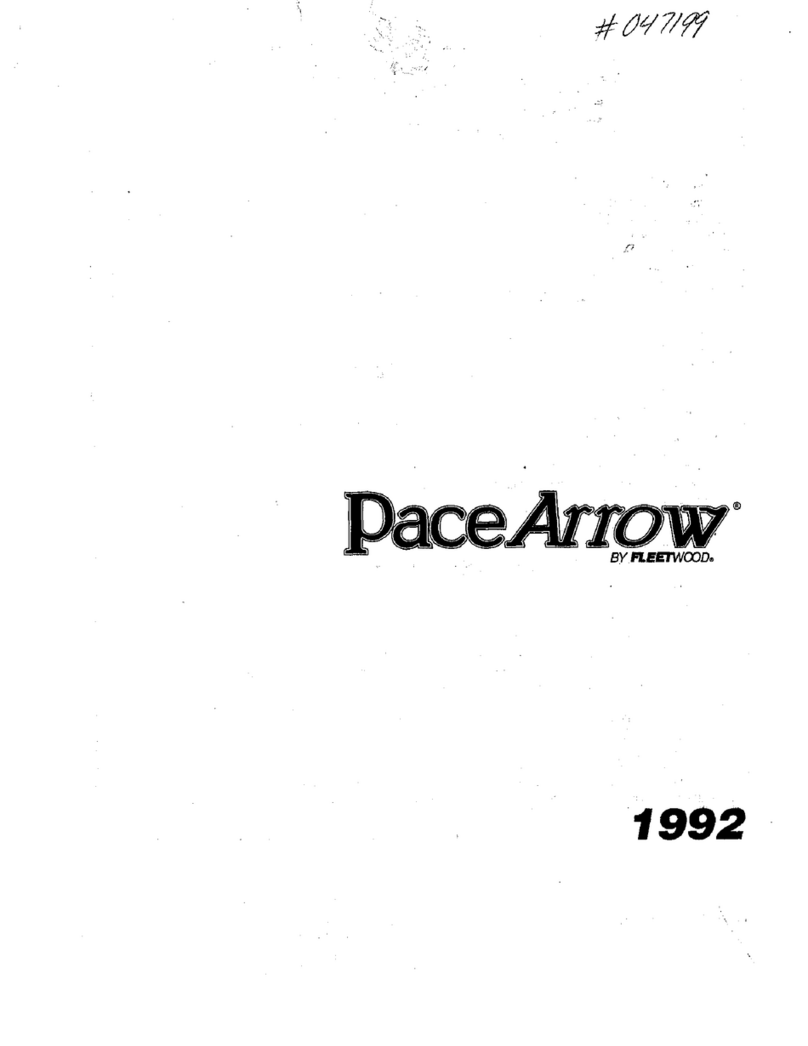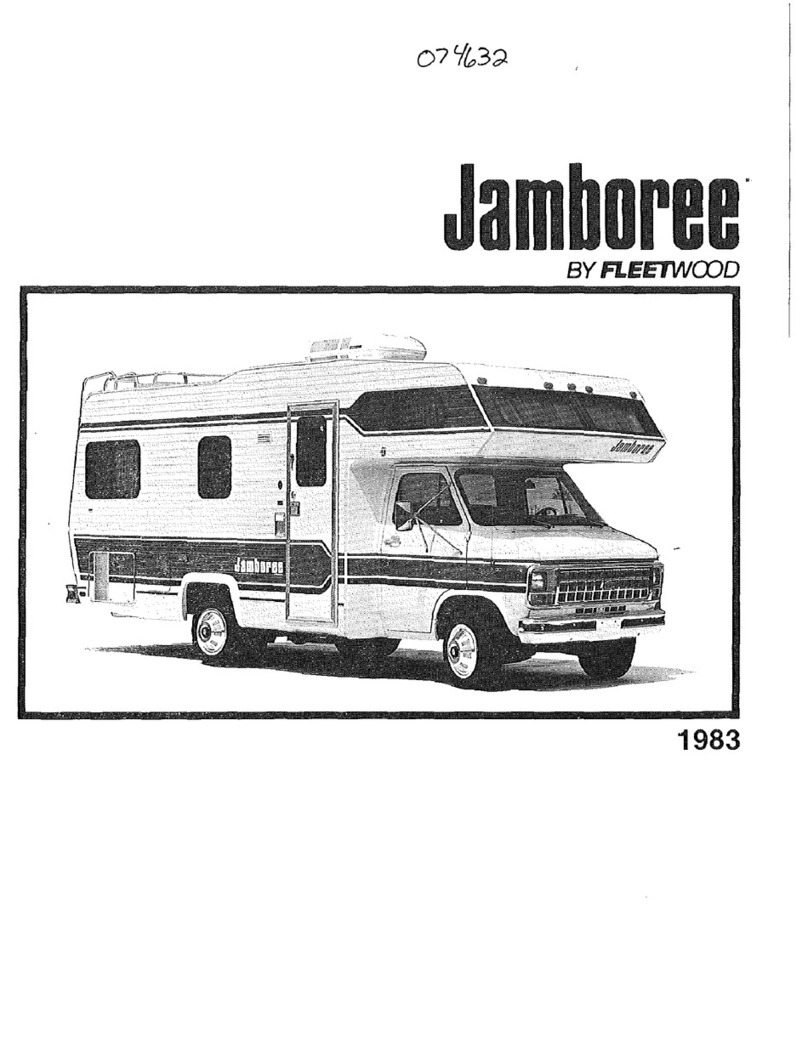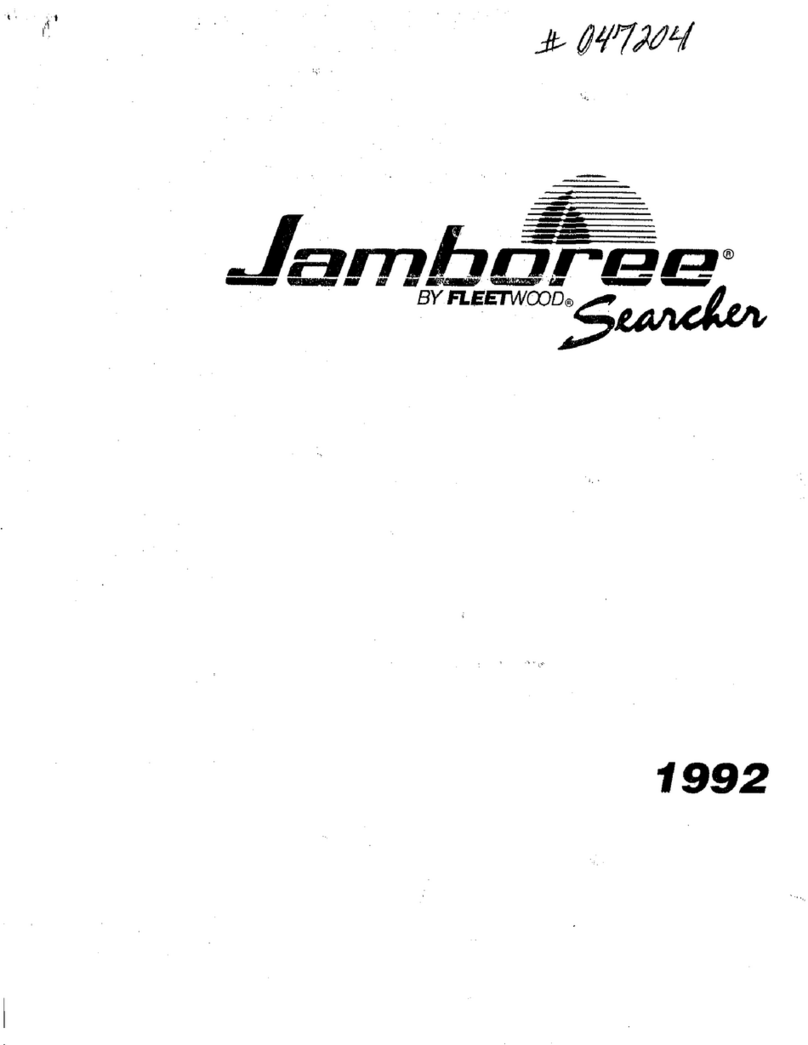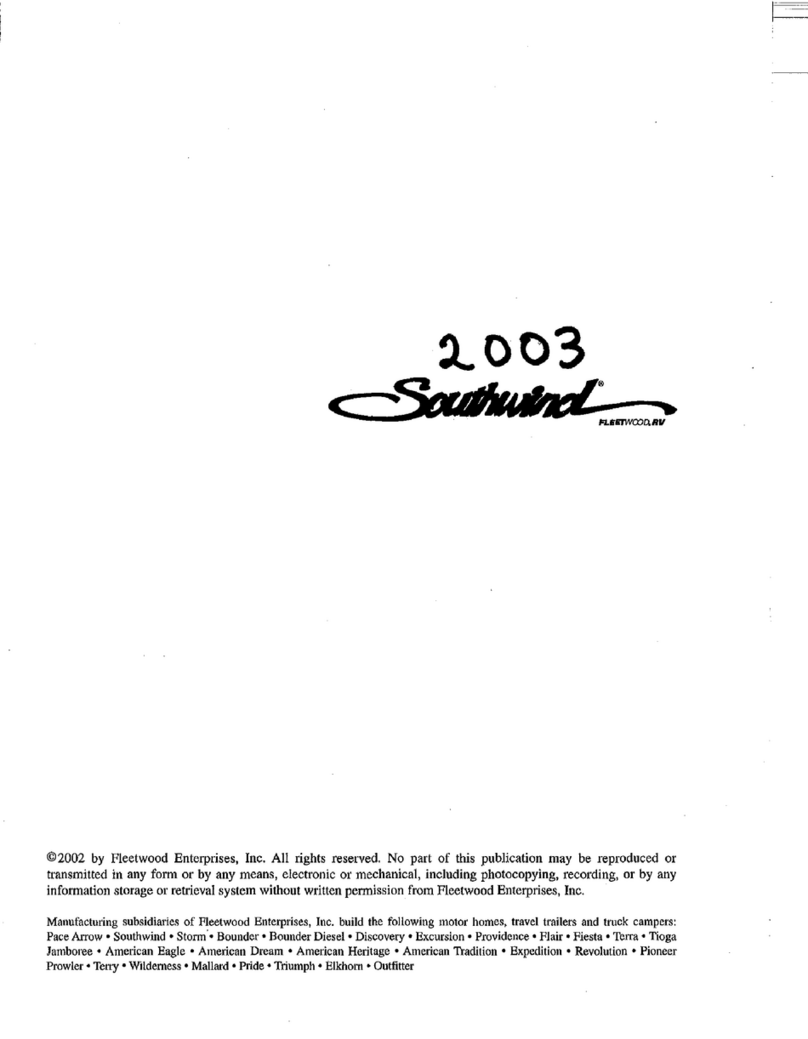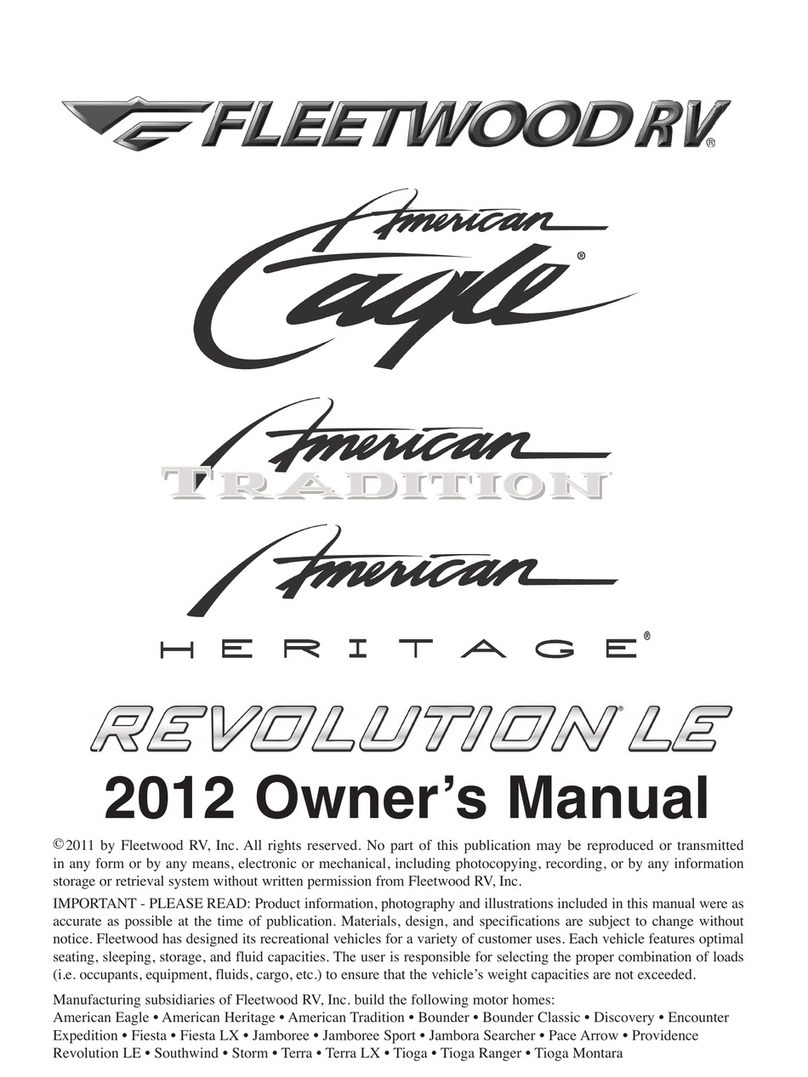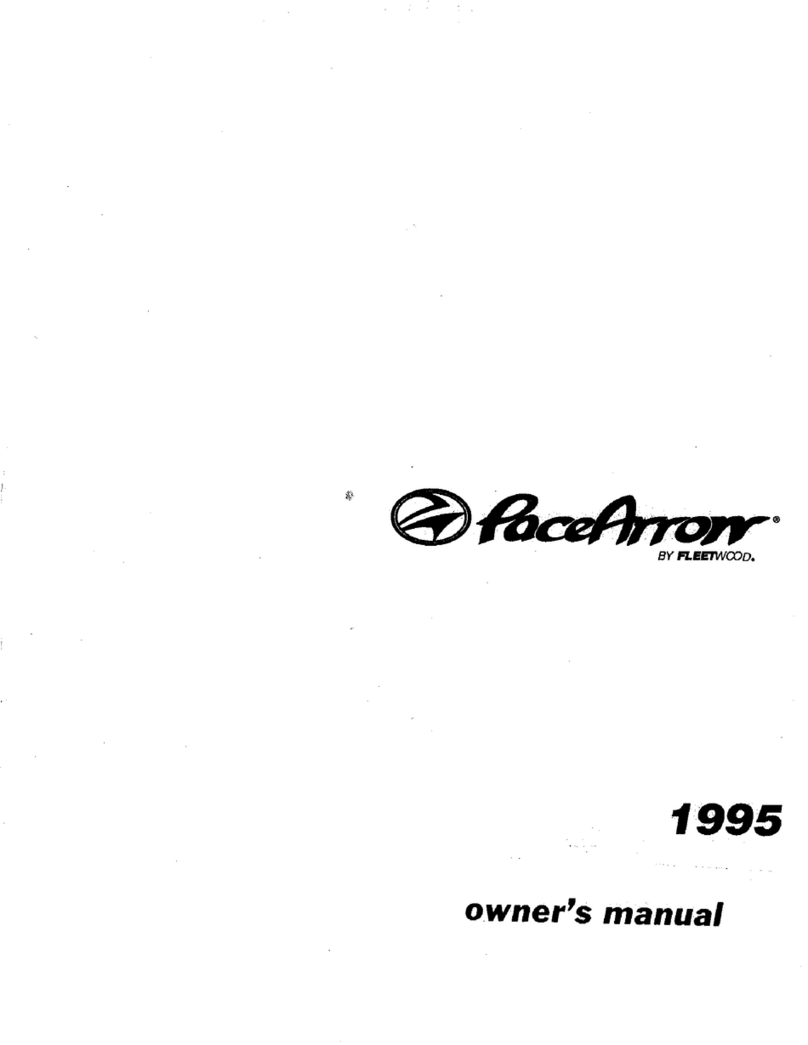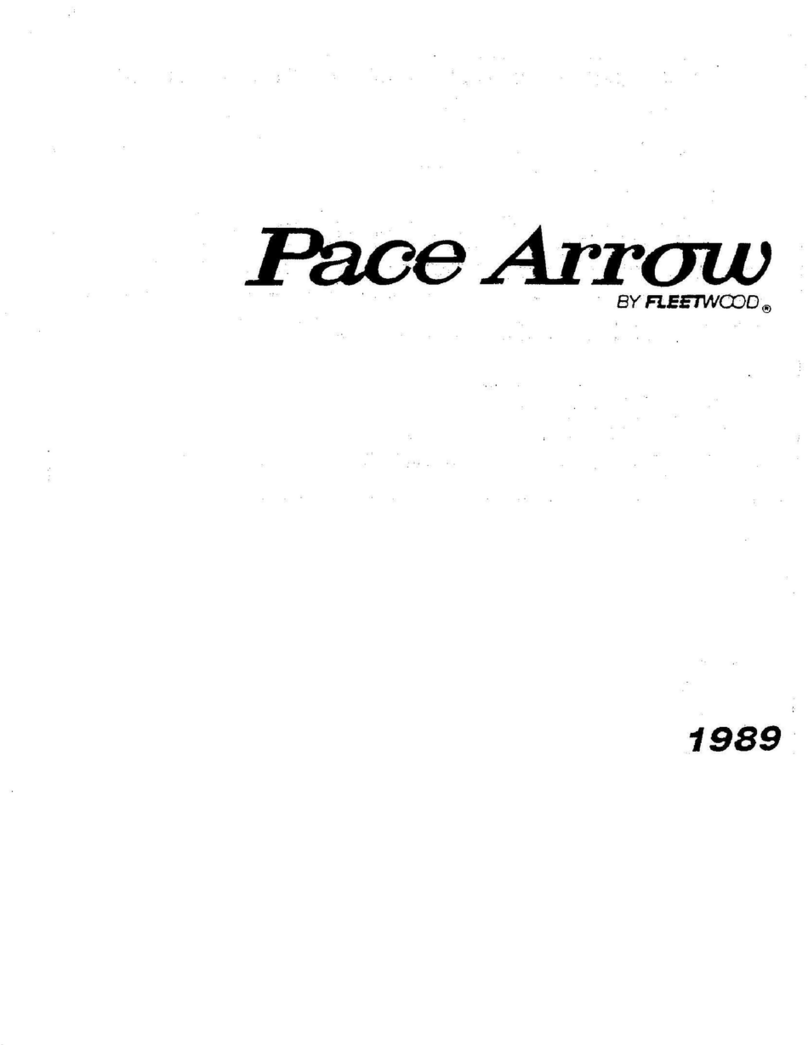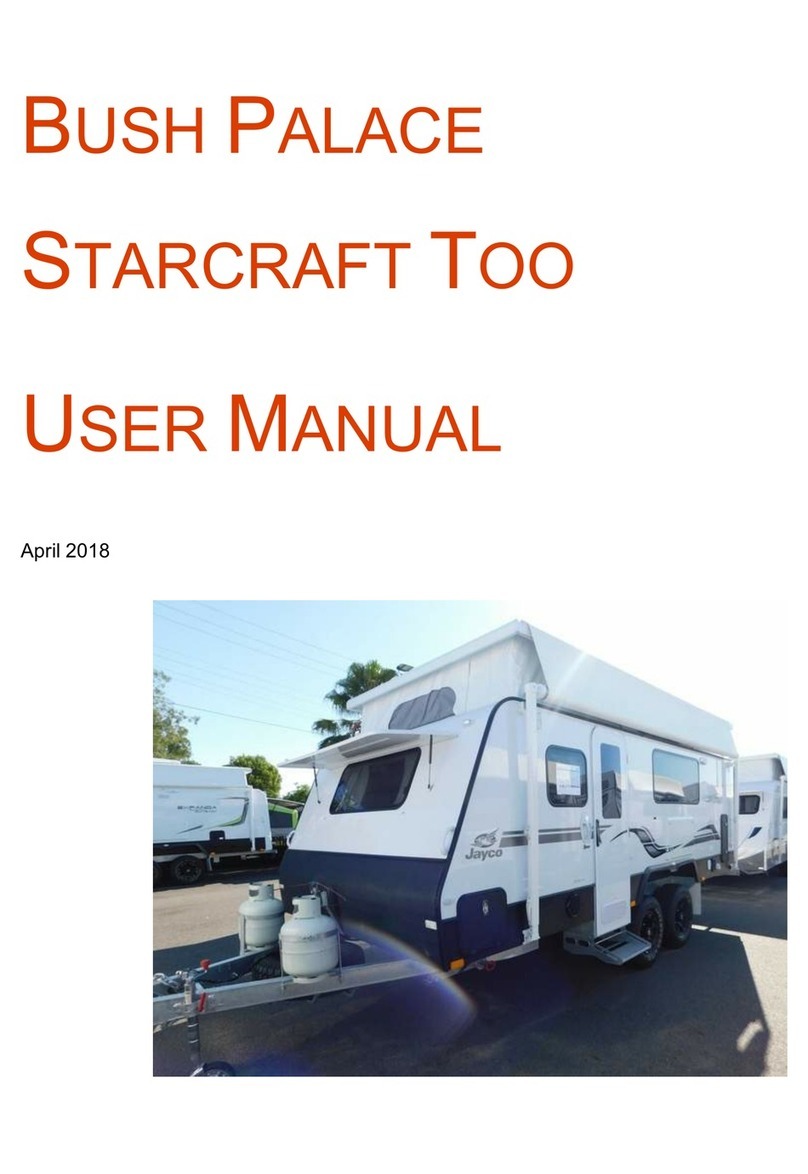
PLANNING
AND
PREPARATION
Plan
your
trip
and organize all preparations before
you
leave. Proper preparation
can
be
the key
to
getting the
most
enjoyment
from
your
motor
home
(see
Figure 1).
The
following
suggestions
are
provided
only
as
a guide.
Review them carefully before starting on
your
first
trip.
Refer
to
the list when on trips
and
make note
of
items
forgotten
to
make subsequent trips
even
more enjoyable.
•
Plan
your
route carefully. Consult maps and guide-
books (available at most bookstands and newstands)
to
become aware beforehand
of
any road condi-
tions, campsite availability, and
other
circumstan-
ces.
•
BE
SU
RE
ALL
EQUIPMENT
IS
SERVICED
AND
READY
FOR
TRAVEL.
Check the
following
items.
a.
Check all fluids including:
Motor
home engine crankcase oil
Transmission
fluid
Power steeri
ng
fluid
Radiator recovery system reservoir level
Master
cylinder
brake
fluid
Electrolyte level
of
batteries
Windshield washer reservoir level
b.
Inspect wheel lugs
for
tightness. Examine all
tires
for
road damage, then inflate
to
the pro·
per pressures
as
recommended in the
Chassis
Operator's Manual. In using
your
Chassis
Op-
erator's Manual, note
that
tire pressures
are
given
for
cold
ti
res
which
are
to
be
used
un·
der normal driving and load conditions,
and
also
for
unusual operating or load conditions.
c.
Check oil level in the generator power
plant
(if
installed). Refer
to
instructions and main-
tenance manual provided by the generator
manufacturer
for
other
pre-use service require·
ments applicable
to
this equipment. Check
that
extra oil and other service supplies
are
provided
for
the generator power
plant
if
the
motor
home
is
to
be
used
for
extended peri-
ods.
d. Check
that
jack, jack handle, and lug wrench
are
properly stowed.
e.
Check
that
the
115·volt
power cord
is
pro·
perly stowed in compartment. A power sup·
ply
cord adapter
will
be
required in some
camping
areas.
Be
sure
to
use
adapters
which
provide proper electrical ground.
f. Check
that
a serviceable fire extinguisher
is
secured in the mounting bracket.
g.
Verif.y
that
all items
you
plan
to
take
are
on
board.
NOTE:
Be
sure the weight
of
passengers,
equipment, and supplies does
not
cause
your
motor
home
to
exceed
axle loads and overall
veh
icle loads
for
which
it
was
designed.
If
in
doubt,
weigh the vehicle at a pub·
lic
scale.
See
paragraph on
"WEIGH·
ING".
h. Check
that
accessories, such
as
a plastic sewer
hose
with
the necessary
fittings
and a water
supply line (such
as
garden-hose
type
appro-
ved
for
125 psi)
are
on board.
(It
maY'be de·
sirable
to
check ahead
with
specific campsites
where
you
plan
to
stop
for
any special adap·
ters which may
be
required.)
Fill fresh water
tank,
if
required. (Refer
to
Plumbing Section.)
• Check
to
see
that
drain-line
cap
and
holding·tank
knife
valve(s)
are
closed and secured.
Add
a
hold·
ing-tank chemical
to
a
few
gallons
of
water in
your
body-waste holding tank. (Refer
to
Plumbing
Sec·
tion.)
• Check all stop lights, running lights, and
other
ve·
hicle safety items.
• Put
motor
home contents in
"travel"
condition.
a.
Secure any loose objects which could
shift
while traveling.
b.
Secure refrigerator contents (place lids
on all containers holding liquids,
for
ex·
ample) then secure locking latch on
re-
frigerator door.
c.
Be
sure all cabinets have the contents
se·
cured and the doors latched.
d.
Be
sure
all
exterior
doors
are
closed and
locked.
•
Adjust
the driver's
seat
to
the most
comfortable
position, then adjust the side-view mirrors
for
max-
imum
visibility.
•
Fill
the fuel tank.
Your
motor
home
is
designed
to
use
only
the
fuel recommended in
the
Chassis
Op-
erator's Manual.
WARNING:
ALWAYS
EXTINGUISH
PILOT
LIGHTS
AND
OPEN
FLAMES
ON
APPLIANCES
BEFORE
FILL-
ING
yOUR
GASOLINE
TANK(S).


